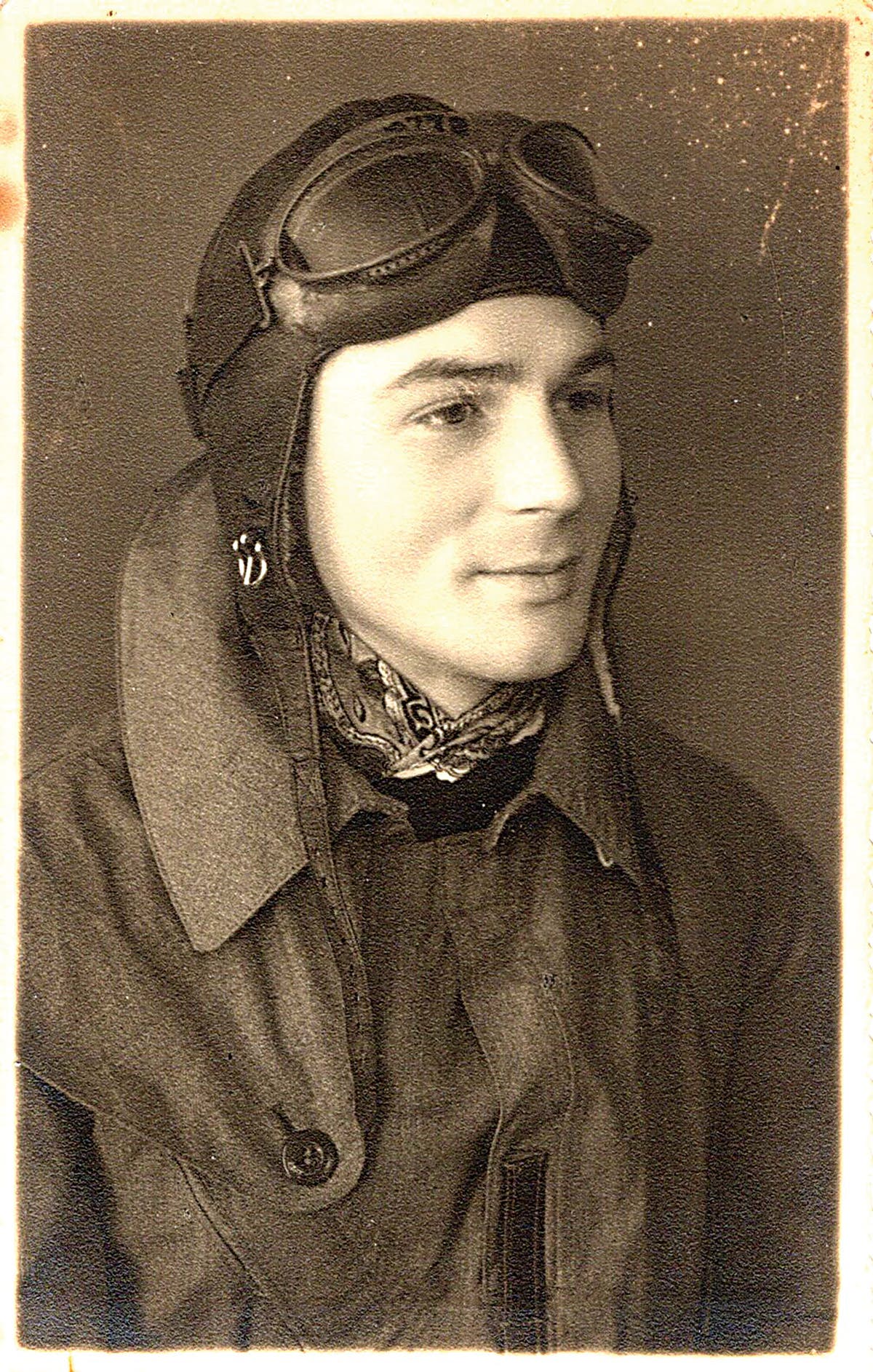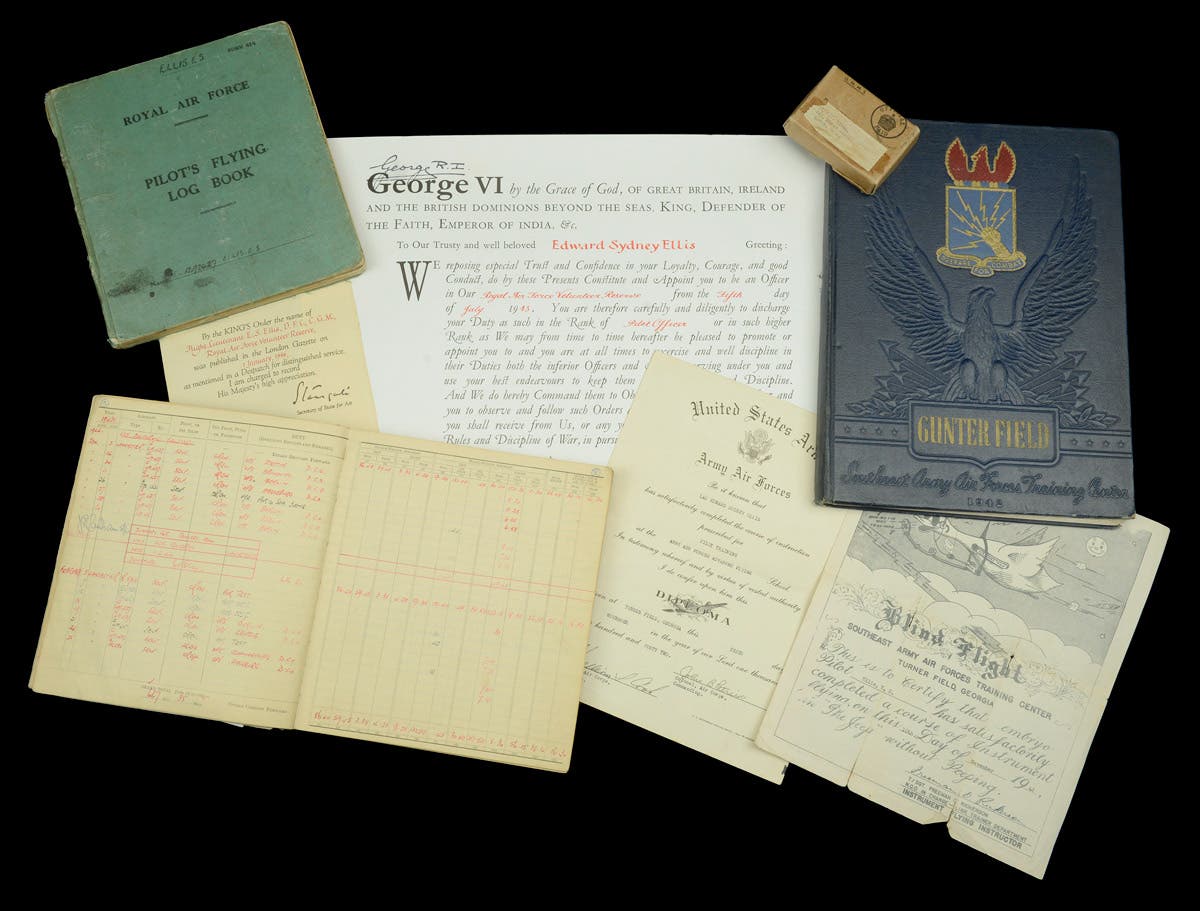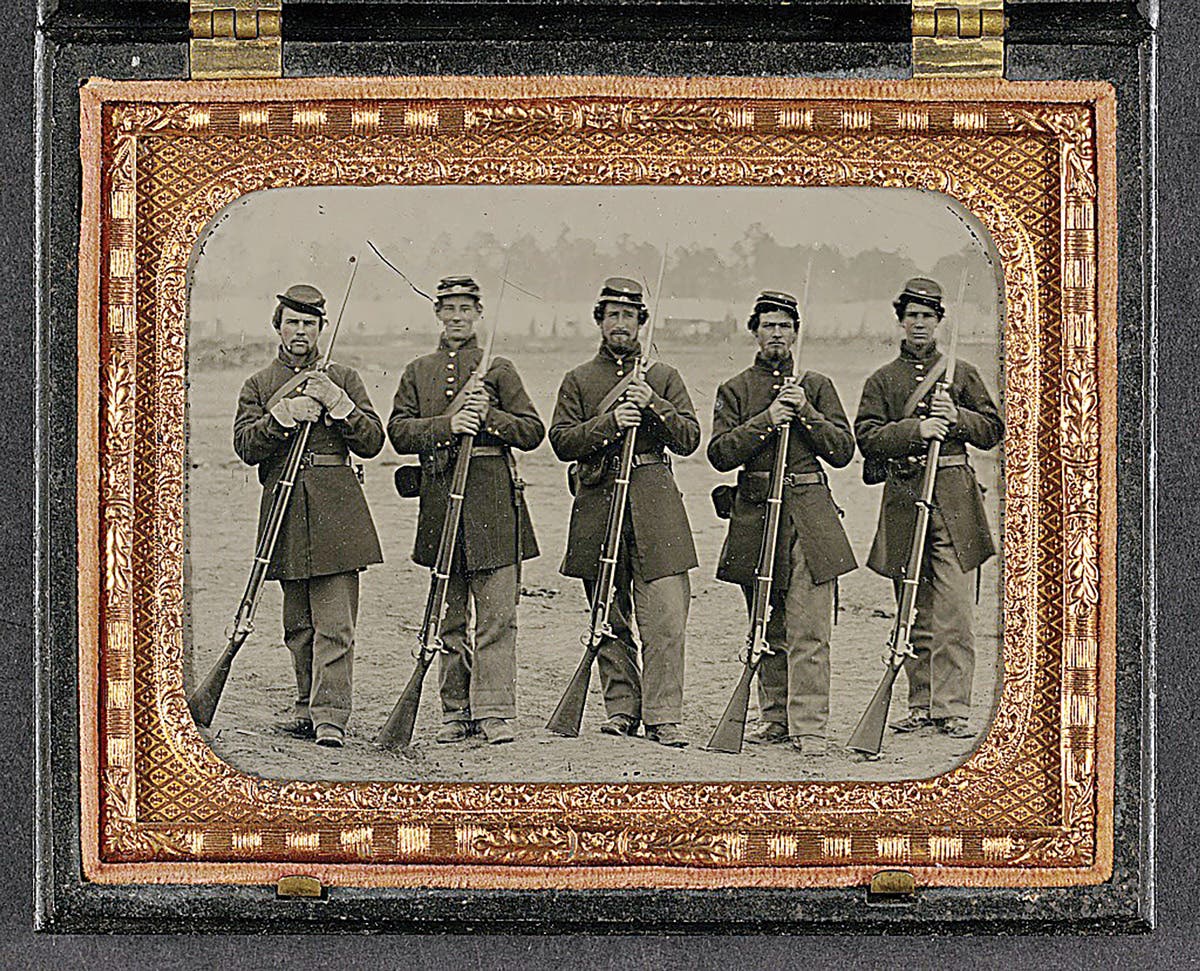Queen’s South Africa Medal
One of the most-collected Victorian period medals is the Queen’s South Africa Medal (QSA).
September 16, 2009
Text by D.L. Adams; Photos courtesy of www.AdvanceGuardMilitaria.com
The “Boer Wars” is the name used to refer to the armed conflicts in South Africa between descendants of Dutch settlers (the “Boers”) and British colonists. Following the first Boer War of 1880-81, the United Kingdom’s Prime Minister, William Gladstone, granted the Boers self-government in the Transvaal.
However, the Boers, under the leadership of Paul Kruger, resented the policies of Colonial Secretary Joseph Chamberlain and High Commissioner and Governor-General of the Cape Alfred Milner. Fearing the Transvaal would be denied independence, the Boers acquired military equipment from Germany. Between October 1899 and January 1900, Boer insurgents conducted a series of successful raids across the Transvaal border into the Cape Colony and Natal. Although the Boers only fielded 88,000 soldiers, they were able to successfully besiege the British garrisons at Ladysmith, Mafeking and Kimberley.
After Army reinforcements arrived in South Africa in 1900, British command launched a series of counter offensives to relieve the garrisons. In addition, British forces seized control of the Boer capital, Pretoria.
For the following 21 months, bands of Boer commandos conducted a series of bitter raids against isolated British troops. Lord Kitchener, the Chief of Staff in South Africa, reacted by destroying Boer farms and moving civilians into concentration camps. Leading Liberal politicians (and most of the independent Labour Party) strongly opposed British actions in South Africa calling them the “worst excesses of imperialism”.
Finally, in May 1902, a peace was achieved with the signing of the Treaty of Vereenigin. The settlement dissolved the Boer Republics of Transvaal and the Orange Free State. However, the British conceded to the Boers £3 million for restocking and repairing farm lands and promised eventual self-government (that was finally granted in 1907).
QUEEN’S SOUTH AFRICA MEDAL 1899-1902
One of the most-collected Victorian period medals is the Queen’s South Africa Medal (QSA), awarded to approximately 178,000 British Army, Royal Navy and colonial troops (Australia, Canada, New Zealand, India and South Africa) who served in the Boer War in South Africa between October 11, 1899, and May 31, 1902. Usually cast in silver, a few were produced in bronze and presented to Indian transport troops. The QSA (without any clasps) was also awarded to troops who were guarding Boer prisoners of war at the St. Helena Island POW camp. Troops serving on the Mediterranean islands received the Queen’s Mediterranean Medal, while some personnel serving aboard troopships received the Transport Medal.
COLLECTING THE QSA
The Queen’s South Africa Medal provides the collector an excellent opportunity to study the Boer War through the individuals who participated in it. Because nearly each example is inscribed around the rim with the soldier’s name, rank and unit, the collector can research individuals’ war records and regimental activities.
The majority of the British regiments and corps participated in the Boer War, as well as large contingents of the Royal Navy and Royal Marines. Furthermore, the multitude of Colonial and local units were also awarded this medal. This, in addition to the variety of clasps issued, produced an area of great diversity to fascinate the collector.
The QSA was minted in both silver and bronze. Measuring 36mm in diameter, it is mounted on a swiveling suspension with a double-toe claw. The obverse depicts the veiled head of Queen Victoria below the legend, “VICTORIA REGINA ET IMPERATRIX”. The reverse depicts battleships standing offshore a coastal landscape where an advancing army column approaches the figure of Britannia who is holding a flag and offering a wreath, all below the legend “SOUTH AFRICA”.
There are actually three distinct reverses on QSAs. Determining the type of reverse is the first step in evaluating a particular medal. The three types are:
Type I. Because the war was expected to reach its conclusion in 1900, medals were struck with the reverse dates “1899-1900”. The wreath in Britannia’s hand points towards the letter “R” in “AFRICA”. At least 70 and as many as 300 were issued members of Lord Strathcona’s Horse who had returned to Canada before the end of the war. Type I medals are extremely rare.
Type II. When it was admitted that the war was to drag on much longer than 1900, the decision was made to machine off the dates from the previously minted medals. It is quite common for medals to still show the remnants of these dates, and are described by collectors as “ghost dated”. Type II medals are common.
Type III. The third type reverse was minted without dates. Britannia’s wreath points towards the letter “F” of “AFRICA”. Type III medals are common.
QSA CLASPS
The second obvious factor determining value of a QSA are the types of clasps adorning the medal. There were 26 different clasps available for issue with the QSA that can be divided into three categories: “state”, “battle” and “date”.
State clasps were issued for service within a particular region when no battle clasp(s) was issued to the recipient for a specific action within that state. This meant a QSA medal could not carry both a “state” clasp and a “battle” clasp(s) for actions within the same state. State Clasps were awarded as follows:
*Cape Colony Awarded to troops serving in Cape Colony between October 11, 1899, and May 31, 1902
*Natal Awarded to all troops serving in Natal between October 11, 1899, and June 11, 1900
*Rhodesia Awarded to all troops serving in that state between October 11, 1899, and May 17, 1900
*Orange Free State Awarded to troops serving in Orange River Colony any time from February 28, 1900, to May 21, 1902
*Transvaal Awarded to those troops serving the Transvaal at any time between May 24, 1900, and May 31, 1902, and received no other clasp for action in the Transvaal.
Battle clasps available for issue with the QSA were:
*Defence of Mafeking October 13, 1899 to May 17, 1900
*Defence of Kimberley October 15, 1899 to February 15, 1900
*Talana October 20, 1899
*Elands-Laagte October 21, 1899
*Defence of Ladysmith November 3, 1899, to February 28, 1900
*Belmont November 23, 1899
*Modder River November 28, 1899
*Relief of Ladysmith December 18, 1899, to February 28, 1900
*Tugela Heights February 12-27, 1900
*Relief of Kimberley February 15, 1900
*Paardeberg February 17-26, 1900
*Driefontein Awarded to troops serving with Army Headquarters and Lt. General French’s column that advanced from Popular Grove on March 10, 1900
*Wepener April 9-25, 1900
*Relief of Mafeking May 17, 1900
*Johannesburg Awarded to those troops who, on May 29, 1900, were north of an east-west line through Klip River Station and east of a north-south line through Krugersdorp Station
*Diamond Hill June 11-12, 1900
*Wittebergen July 1-29, 1900
*Belfast Awarded to troops who were east of a north-south line drawn through Wonderfonein, west of a north-south line through Dalmanutha Station and north of an east-west line drawn through Carolina on August 26 or 27, 1900
*Laing’s Nek June 12, 1901
Finally, there were two “date” clasps awarded for those who served but were not eligible for the King’s Medal:
*South Africa 1901
*South Africa 1902
Multiple clasps on a British Army soldier’s or colonial’s medal is not unusual. In fact, up to six clasps is common. However, medals with eight or more confirmed clasps are exceptionally hard to find and command premium prices.
More than 7,000 were issued to Navy personnel without clasps whereas only about 1,500 were issued with one clasp and fewer than 800 with two. A Navy medal with three or more clasps is extremely rare.
Rivets uniting clasps are generally uniform. Date clasps (in a pair or singly) were often issued to an eligible recipient after the medal, so variation may be encountered. This can also apply, to a lesser extent, to state clasps. Therefore, clasps issued after the medal may be fitted with non-uniform rivets or even be fitted on the ribbon without any rivets. Clasps fixed with wire or even stitched are not unusual.
RECIPIENT AND UNIT NAMING
Obviously, the single, largest factor contributing to the value of a QSA is the name engraved or stamped on the rim. Because so many British units served in the Second Boer War, a collector can focus their efforts on finding medals issued to soldiers from a particular unit or to soldiers who participated in particular battles.
Naming is either impressed in sans-serif capitals or engraved in sloping serif capitals and lower case. Engraved naming is particularly common to Officers, Cavalry and Royal Engineers.
The naming will usually include the soldier’s roll number, rank, initial of first name, surname and unit. Armed with this data, a collector can actually research the soldier’s history though finding the surviving records of Boer War soldiers in the UK National Archives (Kew) can be like looking for a needle in a haystack unless you have some frame of reference to start. Several published medal rolls are available, and it’s worth checking with the South African National Military History Museum (www.militarymuseum.co.za/ or contact the curator at milmus@icon.co.za).
Though it only covers less than half of the 500,000 Boer War soldiers and nurses who served, the Index of Soldiers and Nurses of the Queen in the Second Anglo-Boer War 1899-1902 (http://members.pcug.org.au/%7Ecroe/sotq/sotq_abw.cgi) is a good place to start your research. Service Records are not available online yet, so researchers must either plan a visit to the United Kingdom National Archives in Kew or—as most collectors do—hire a researcher.
The efforts to learn about a particular recipient does not go unrewarded. Medals with accompanying copies of medal rolls, service records or casualty information command much higher prices than similar medals without supporting documentation.
THE PERFECT “COLLECTOR’S MEDAL”
The history of a guerilla-type war coupled with the variety of clasp variation and unit participation keeps the QSA in the realm of top-collected Victorian medals. With more than 178,000 issued, there are enough medals to satisfy the beginning, intermediate and advanced collector with each example providing an intimate window into the history of the Second Boer War.
Queen’s South Africa Medal Values
Because the individual recipient’s name and unit is recorded on the rim, each QSA is unique. Unit affiliation, combat history and casualty record will all dramatically affect the value of a particular QSA. However, some baseline values can be established for medals regardless of the recipient based on the rarity of the striking and the number and type of clasps that adorn it.
Pricing QSAs can be complicated. Below is a basic chart giving values for numbers of clasps. However, particular clasps can dramatically affect the price whether issued alone or in combination with others. A collector is best served by acquiring up-to-date pricing information from a source such as the current edition of Medal Yearbook from the publishers of the UK-based magazine, Medal News (available from World Wide Militaria LLC, www.wwmeinc.com or 630.671.8340). Premium prices can be expected for QSAs with six or more clasps.
QUEEN'S SOUTH AFRICA MEDAL VALUES
Because the individual recipient’s name and unit is recorded on the rim, each QSA is unique. Unit affiliation, combat history and casualty record will all dramatically affect the value of a particular QSA. However, some baseline values can be established for medals regardless of the recipient based on the rarity of the striking and the number and type of clasps that adorn it.
Pricing QSAs can be complicated. Below is a basic chart giving values for numbers of clasps. However, particular clasps can dramatically affect the price whether issued alone or in combination with others. A collector is best served by acquiring up-to-date pricing information from a source such as the current edition of Medal Yearbook from the publishers of the UK-based magazine, Medal News (available from World Wide Militaria LLC, www.wwmeinc.com or 630.671.8340). Premium prices can be expected for QSAs with six or more clasps.
CLICK HERE to tell us your thoughts in the Militaria Message Board








